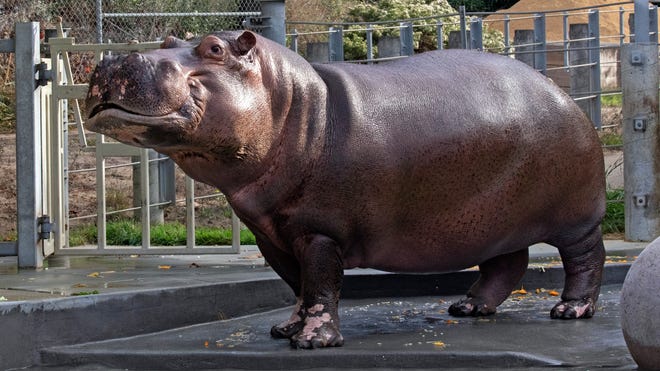
All systems are go for NASA's James Webb Space Telescope, which deployed its full gold-plated, sunflower-shaped mirror display Saturday.
Now, the $10 billion successor to the Hubble telescope has five months of alignment and calibration procedures before it is expected to start sending images back to Earth, the space agency said Saturday.
"Two weeks after launch, @NASAWebb has hit its next biggest milestone: the mirrors have completed deployment and the next-generation telescope has taken its final form," NASA announced Saturday.
The news marked the completion of a "remarkable feat," said Gregory Robinson, NASA's Webb program director, in a statement.
"The successful completion of all of the Webb Space Telescope’s deployments is historic,” he said. "This is the first time a NASA-led mission has ever attempted to complete a complex sequence to unfold an observatory in space."
Launched on Christmas Day from South America, the Webb telescope is traveling nearly one million miles from Earth.
Vaccination envy?:A man in India says he's been injected with 12 COVID vaccines. He wants more shots.
The weirdest stuff we saw at CES 2022:John Deere's self-driving tractor, robot masseuses
The telescope's ground team at the Space Telescope Science Institute in Baltimore remotely deployed the first side panel of the 21-foot primary mirror on Friday after more than a week of other operations, NASA said. The riskiest operation, the unfurling of the telescope's tennis court-size sunshield, was successful earlier in the week.
Next, the mirror's 18 hexagonal gold-coated segments will be moved to focus the telescope's optics, an operation that will take several months, the space agency said. NASA expects the telescope to send its first images this summer. In the meantime, Webb's travels will lead it to its destination in about two weeks.
Named after former NASA administrator James E. Webb, who oversaw the agency from 1961 to 1968, the Webb telescope is about 100 times more powerful than the Hubble telescope. Scientists hope Webb can capture light streaming from stars and galaxies as far back as 13.7 billion years ago.
Work began 25 years ago on the telescope; the Canadian Space Agency and European Space Agency assisted NASA on the project.
Webb's primary mirror deployment, likely the last major update on the telescope in the coming weeks, was followed enthusiastically on YouTube, Twitter and NASA's website.
As the right side mirror panel snapped into place, you could hear and see NASA flight controllers applauding on the agency's video feed.
The space drama added up to "a remarkable engineering achievement that 99 percent of the world will not appreciate," tweeted Eric Berger, senior space editor for the Ars Technica tech website.
Mary Cerimele, an engineering consultant and NASA Johnson Space Center retiree, tweeted that the deployment was a "momentous achievement" and said NASA, "through engineering, continues to deliver science to all humanity."
Contributing: The Associated Press.
Follow Mike Snider on Twitter: @mikesnider.








